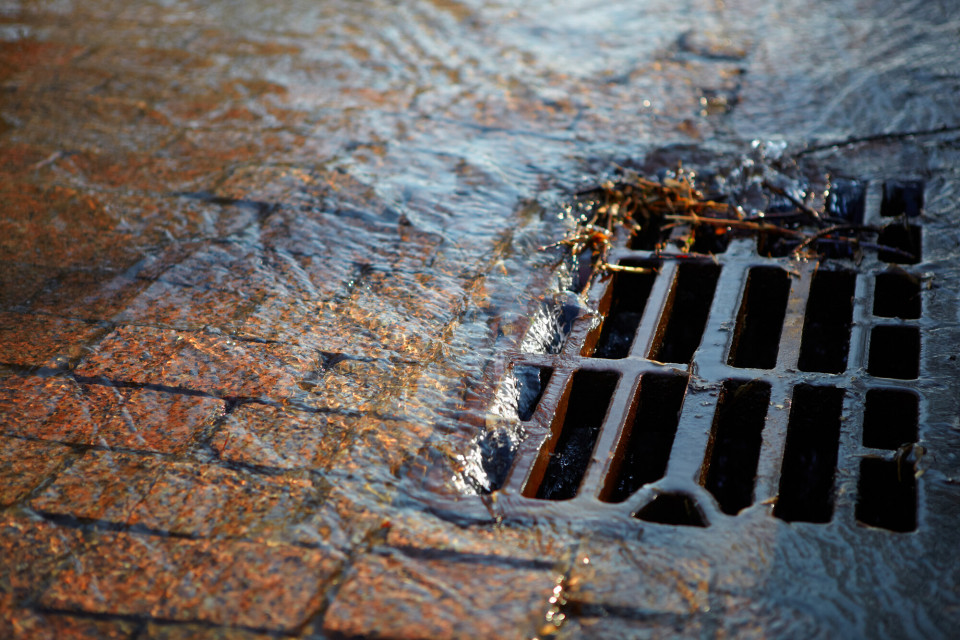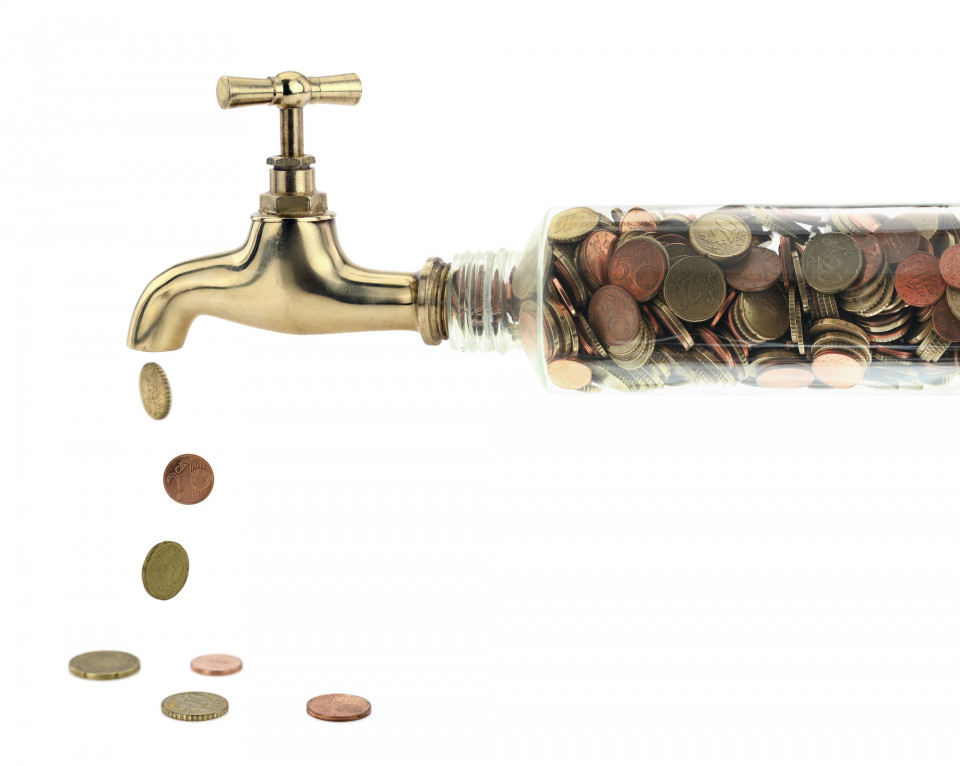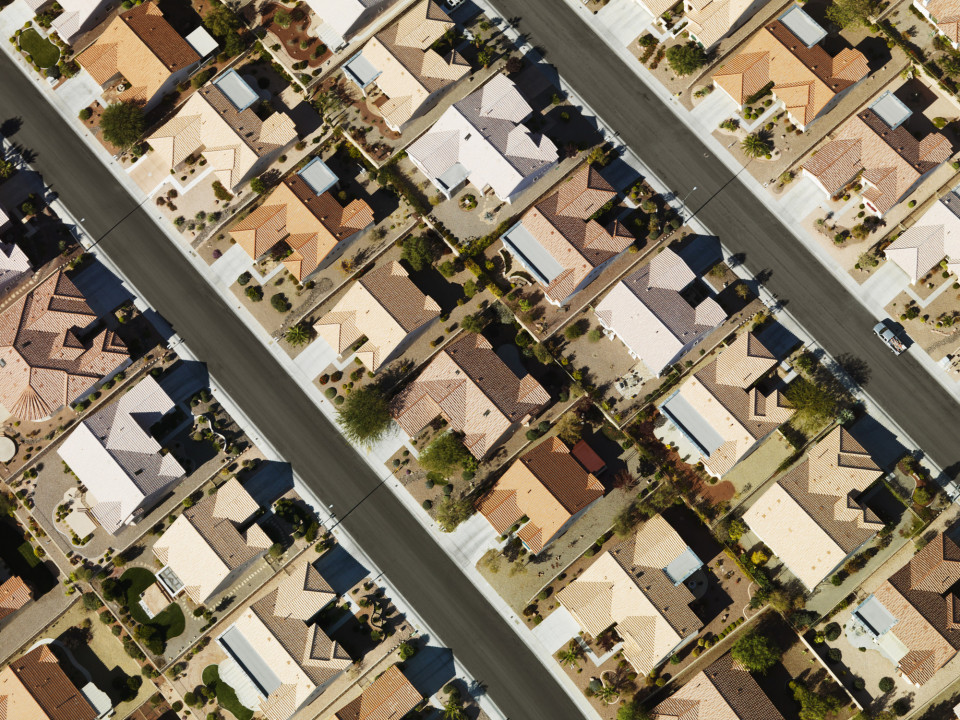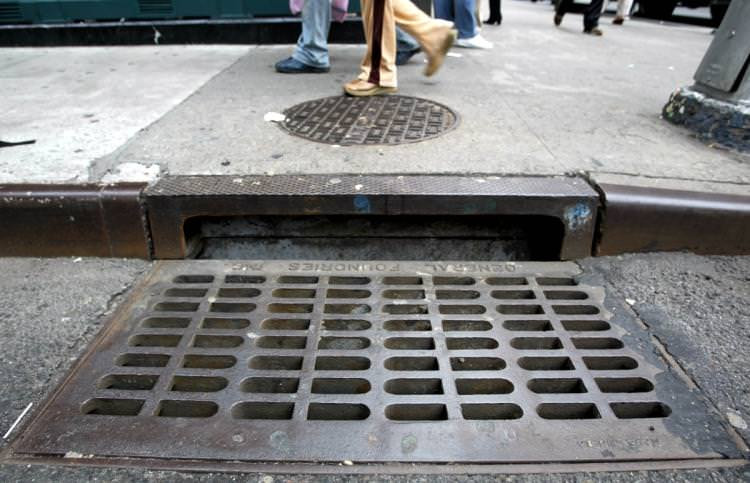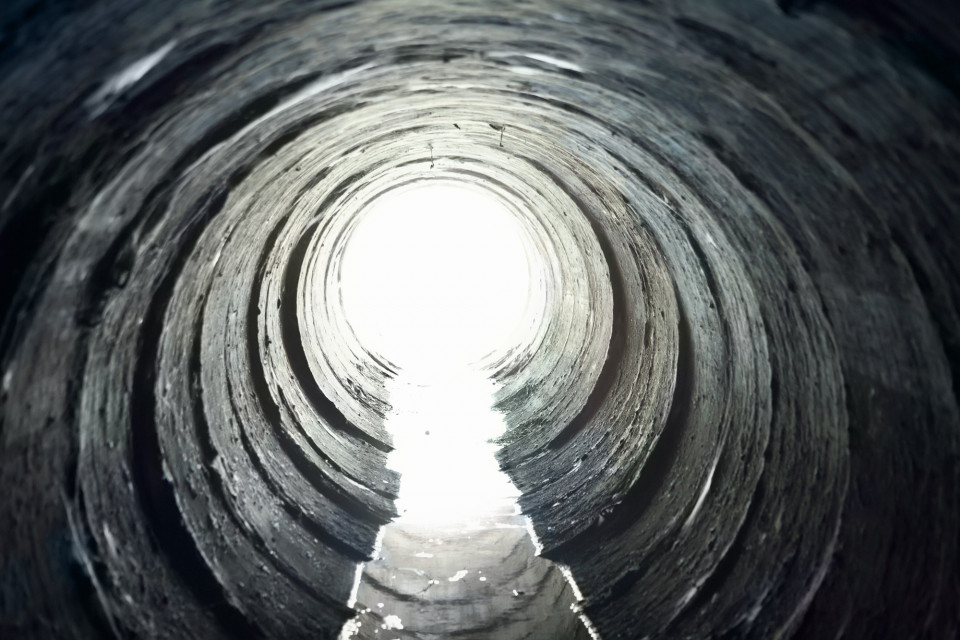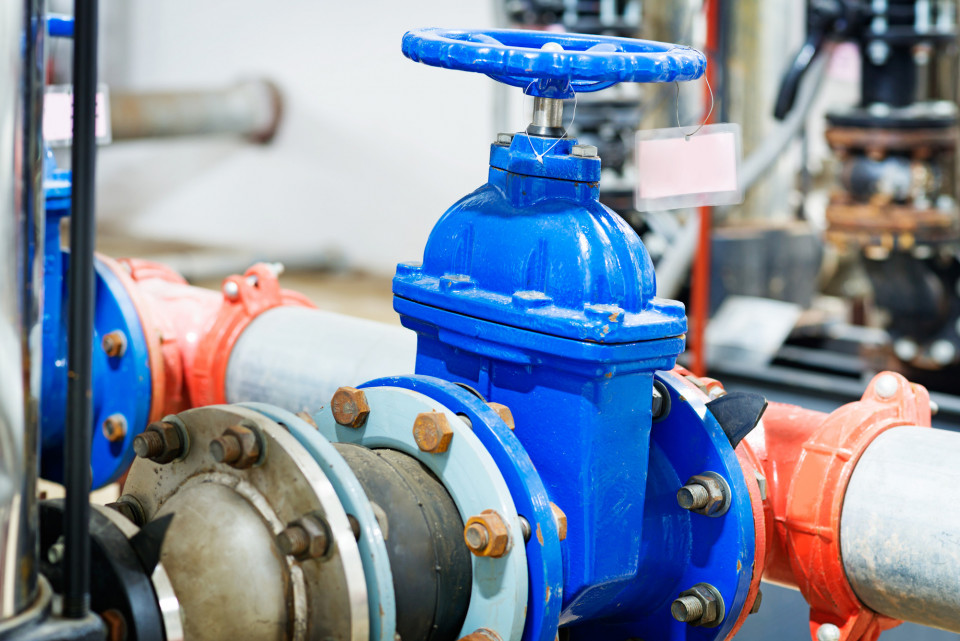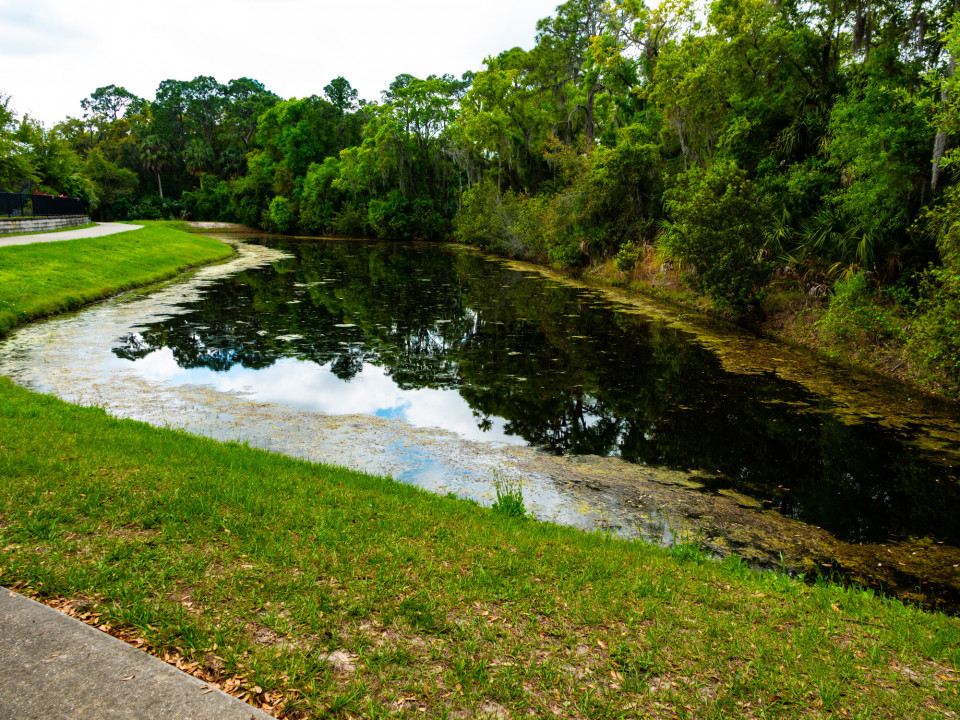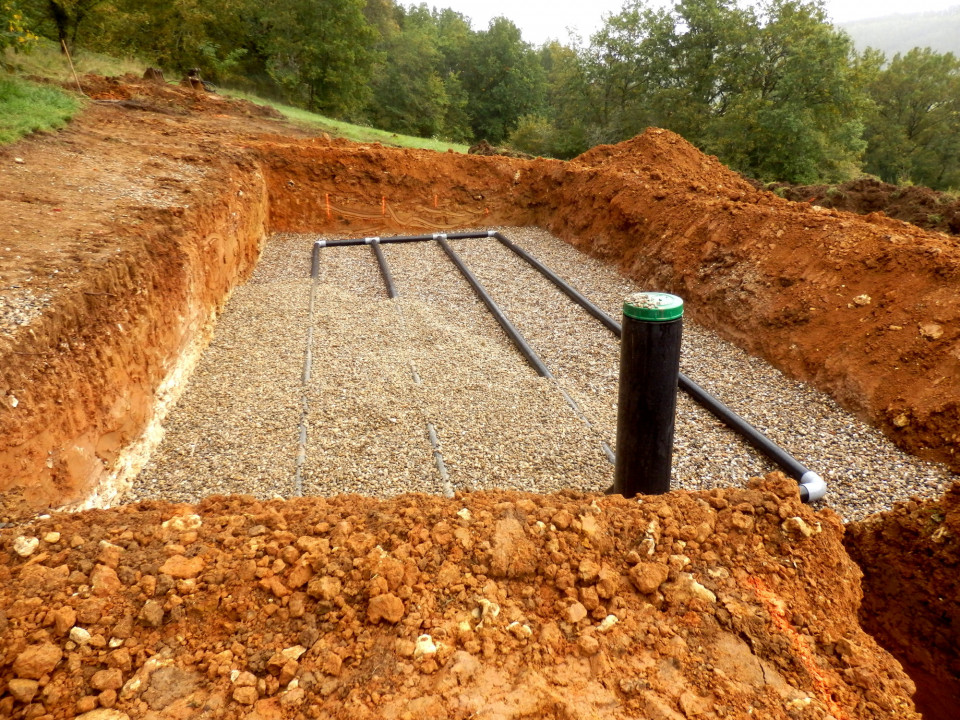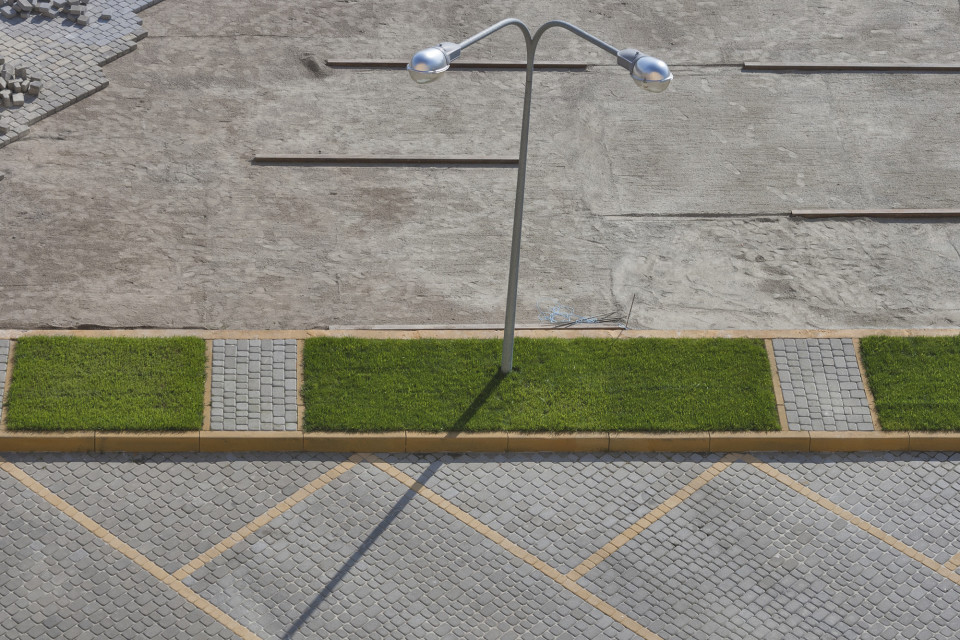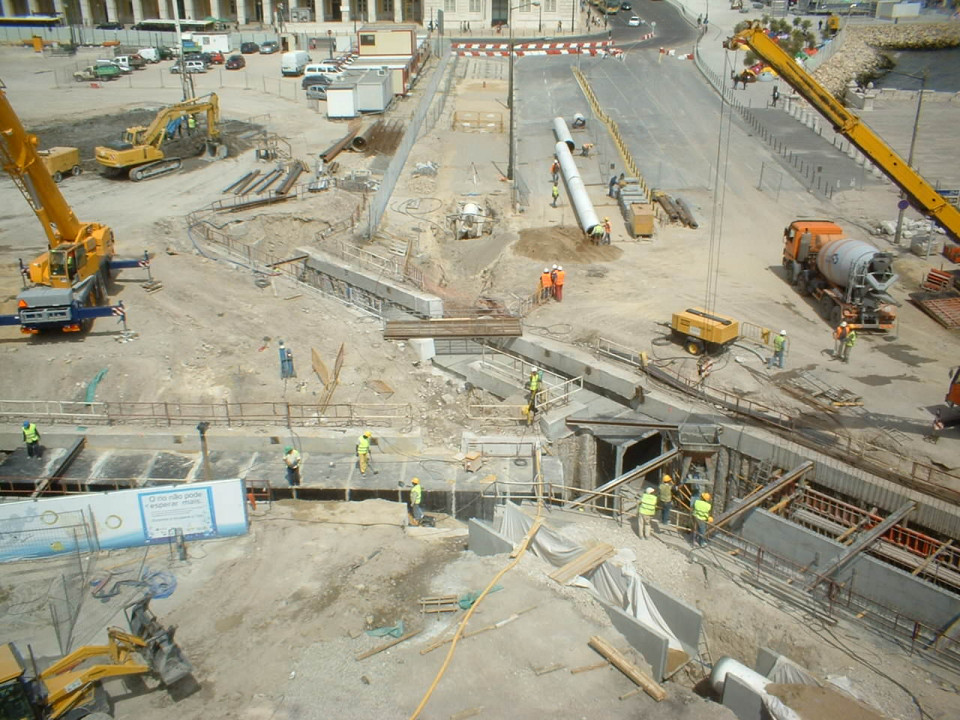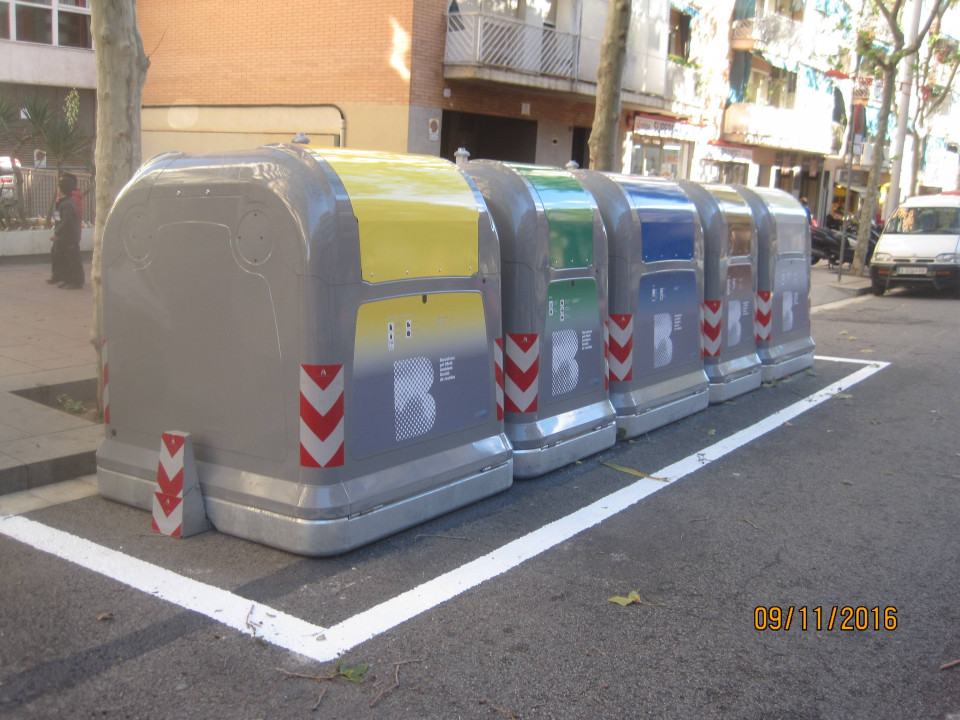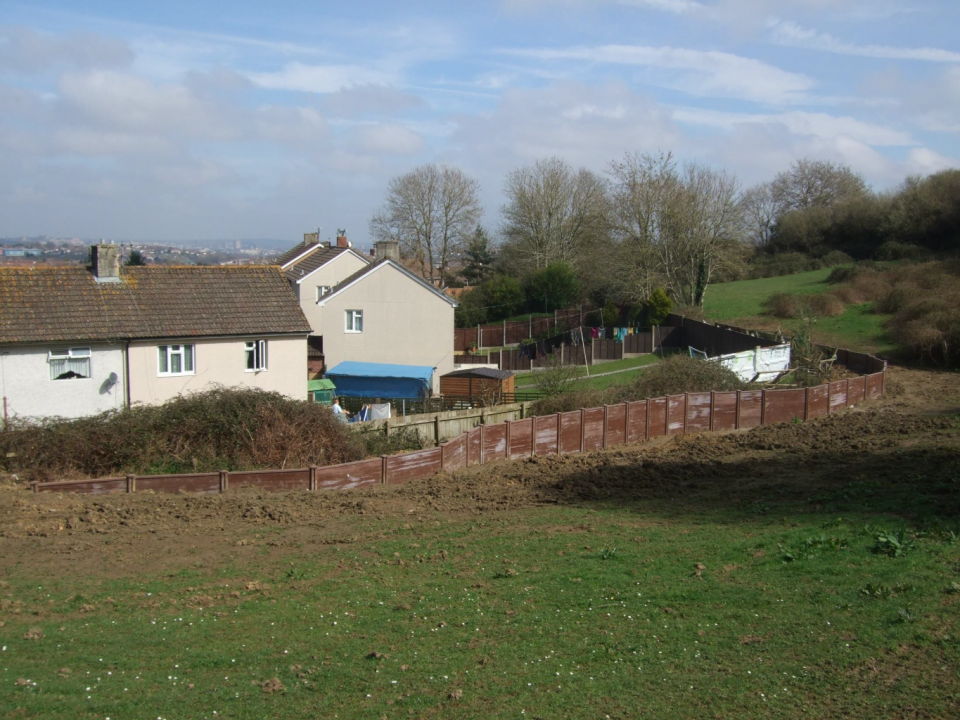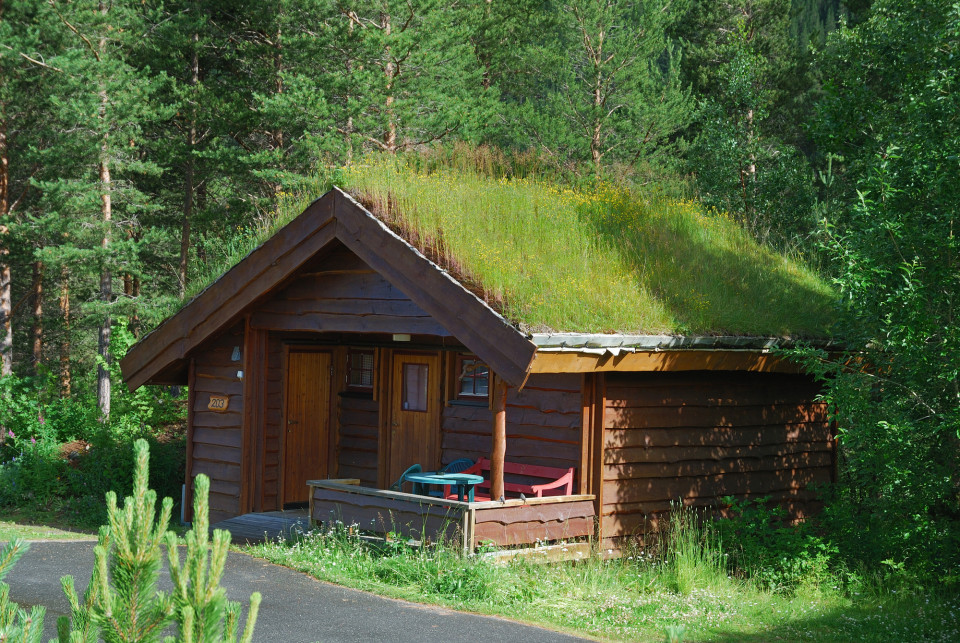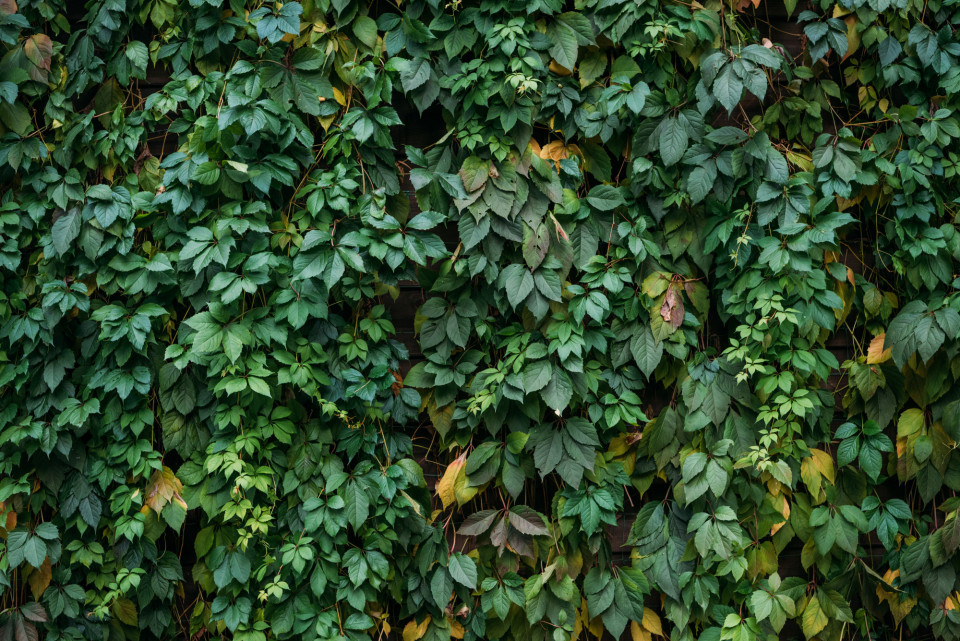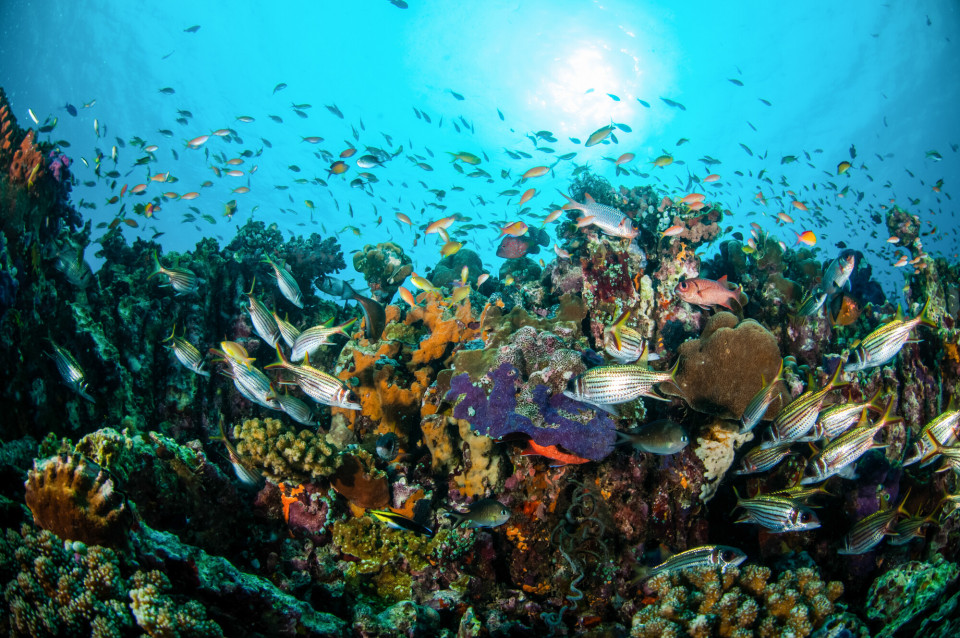Increase the capacity of sewer interceptors and the WWTP
Increase the hydraulic capacity of the sewer interceptors and the WWTP in order to catch, convey and treat more water at the WWTP during storm events
- Category: Structural / Engineered and built environment
- Application Scale: City
- Sector: Water / Environment
- Target: Adaptation
Increase the capacity of sewer-drainage system
The increase of the carrying capacity of the drainage system can be achieved by enlarging and upgrading the sewers and pumping stations capacity or expanding the existing network.
- Category: Structural / Engineered and built environment
- Application Scale: City
- Sector: Water
- Target: Adaptation
Increase the network of waterways
A network of waterways is mainly focused on connecting water bodies which are located near each other. By connecting them with culverts and canals, a larger water system is created. This increases the storage capacity of the system and thereby reduces the flooding risk.
- Category: Structural / Engineered and built environment
- Application Scale: River Basin
- Sector: Water / Mobility / Social / Waste / Environment / Emergency
- Target: Adaptation
Increase the reflectance index
Increase the reflectance index of city pavements and terraces and help to mitigate the urban heat island effect
- Category: Structural / Technological
- Application Scale: City
- Sector: Social
- Target: Mitigation
Increase water cost for specific uses
Increase water cost (to reduce water consumption) through different actions: tax for water overconsumption in industry processes, incentives to modern irrigation systems development or to a change in agricultural production (promoting more sustainable farming)
- Category: Non-structural / Economic
- Application Scale: City
- Sector: Water
- Target: Adaptation
Influence higher-level planning instruments
Influence higher-level planning instruments, such as the Urban Development Master Plan (PDU) and urban planning legislation (Catalan Urban Planning Act) to incorporate planning considerations that ensure the presence of quality green infrastructure, such as green corridors, reserved spaces that allow water to infi ltrate the subsoil, the protection of areas at risk from climate change or agricultural use on a metropolitan scale
- Category: Non-structural / Behavioural
- Application Scale: City
- Sector: Water / Mobility / Telecom / Social / Power / Waste / Health / Energy / Environment / Emergency
- Target: Adaptation
Inlets increase
Increase the number of storm drainage inlets in urbanized areas so that the collection of urban runoff at street level will increse avoiding the accumulation of surface water. Inlet efficiency governs both the rate of water removal from the gutter and the amount of water that can enter into the sewer system and it dependnds on inlet and road geometry as well as the hydraulics of the approaching flows. In order to optimize the measure, a deep analysis of the sewer system's capacity and the locations of the urban area with collection inefficiency.
- Category: Structural / Engineered and built environment
- Application Scale: City
- Sector: Water / Mobility
- Target: Adaptation
Inspection and cleaning of drains or sewer pipes
Procede with regular inspection and cleaning operations in the drainage system
- Category: Structural / Engineered and built environment
- Application Scale: City
- Sector: Water / Environment
- Target: Adaptation
Install check valve and non-return valve
A check valve or non-return valve is installed in drains or sewers which are exposed to conditions where back flow can occur. The undesired inversion of the flow is known to take place in both sewer systems and households, often through toilets. The valve blocks the water flow whenever inversion should occur. With prospects of mean sea level rise, even in cases where flows were not traditionally affected by downstream conditions situation can change or frequency of these events increase.
- Category: Structural / Technological
- Application Scale: City
- Sector: Water / Social
- Target: Adaptation
Install detention basins
Landscaped depression that are normally dry except during and immediately following storm events. They can be on-line components where surface runoff from regular events is routed through the basin and when the flows rise, because the outlet is restricted, the basin fills and provides storage of runoff and flow attenuation. They can bea also off-line into which runoff is diverted once flows reach a specified treshold.
- Category: Structural / Ecosystem-based
- Application Scale: City
- Sector: Water
- Target: Adaptation
Install filter drain
A filter drain is a gravel filled trench, generally with a perforated pipe at the base. Runoff flows slowly through the granular material, trapping sediments and providing attenuation. Flow is then directed to a perforated pipe, which conveys run-off either back into the sewerage network or into a waterbody. Filter drains are mainly used to drain road and car park surfaces. Ideally these systems are used as a component of a treatment train. This measure is part of the called Sustainable Urban Drainage Systems (SUDS).
- Category: Structural / Ecosystem-based
- Application Scale: City
- Sector: Water
- Target: Adaptation
Install filter strip
Filter strips are gently sloping, vegetated strips of land that provide opportunities for slow conveyance and infiltration (where appropriate). They are designed to accept runoff as overland sheet flow from upstream development and often lie between a hard-surfaced area and a receiving stream, surface water collection, treatment or disposal system. This measure is part of the called Sustainable Urban Drainage Systems (SUDS).
- Category: Structural / Ecosystem-based
- Application Scale: City
- Sector: Water
- Target: Adaptation
Install filter trenches
Filter trenches are shallow excavations filled with rubble or stone that create temporary subsurface storage of stormwater runoff. These trenches can be used to filter and convey stormwater to downstream SUDS components. A perforated pipe can be provided near the base to collect and convey water to downstream water components. This measure is part of the called Sustainable Urban Drainage Systems (SUDS).
- Category: Structural / Ecosystem-based
- Application Scale: City
- Sector: Water
- Target: Adaptation
Install fixation pieces in waste containers
Installation of fixation pieces in order to ensure the stability of containers when an urban flood occurs
- Category: Structural / Engineered and built environment
- Application Scale: City
- Sector: Water / Waste / Health
- Target: Adaptation
Install flood proof fencing
Where topographic levels direct flood waters towards property flood proof fencing can act by holding this back and add flood protection.
- Category: Structural / Engineered and built environment
- Application Scale: Building
- Sector: Water / Social / Health / Emergency
- Target: Adaptation
Install green roofs
Green roof belongs in the category of Sustainable Urban Drainage Systems (SUDS) and aims at source controlling. A green roof or living roof is a roof of a building that is partially or completely covered with vegetation and a growing medium, planted over a waterproofing membrane. Primary objective is the reduction of storm-water runoff as part of a sustainable drainage system.
- Category: Structural / Ecosystem-based
- Application Scale: City
- Sector: Water / Social / Environment
- Target: Adaptation
Install Green walls
A green wall is a wall partially or completely covered with vegetation that includes a growing medium, such as soil. Is a variation of green roofs. Most green walls also feature an integrated water delivery system. Green walls are also known as living walls or vertical gardens. The wall helps reduce run-off by capturing rainwater from the roof of the building in dedicated storage tanks. This measure is part of the called Sustainable Urban Drainage Systems (SUDS).
- Category: Structural / Ecosystem-based
- Application Scale: Building
- Sector: Water / Environment
- Target: Adaptation
Install retentions basins
These type of basins store stormwater during heavy rainfall events, controlling the downstream flow and, consecutively, the flooding risk. Retention basins hold a permanent pool of water (wet basins), having a higher residence time and promoting physical-chemical and biological treatment processes through infiltration and vegetation and microbial activity (TSS, organic matter, nutrients and heavy metals). Both retention and detention basins have inlet and outlet structures and the water level drops slowly as the water flows out of the basin into a nearby water course or sewer.
- Category: Structural / Ecosystem-based
- Application Scale: River Basin
- Sector: Environment / Mobility / Social / Water
- Target: Adaptation
Install storm weir devices
Storm weirs are drainage devices implemented to adapt the drainage system behavior against large inflows. There are several types of weirs, but the operational principle is the same: part of the flow is diverted directly to the receiving water-body while a certain design flow is conducted to the WWTP.
- Category: Structural / Engineered and built environment
- Application Scale: City
- Sector: Water
- Target: Adaptation
Installation of artificial reefs
Increase marine biodiversity by installing artificial reefs
- Category: Structural / Ecosystem-based
- Application Scale: City
- Sector: Environment
- Target: Adaptation
